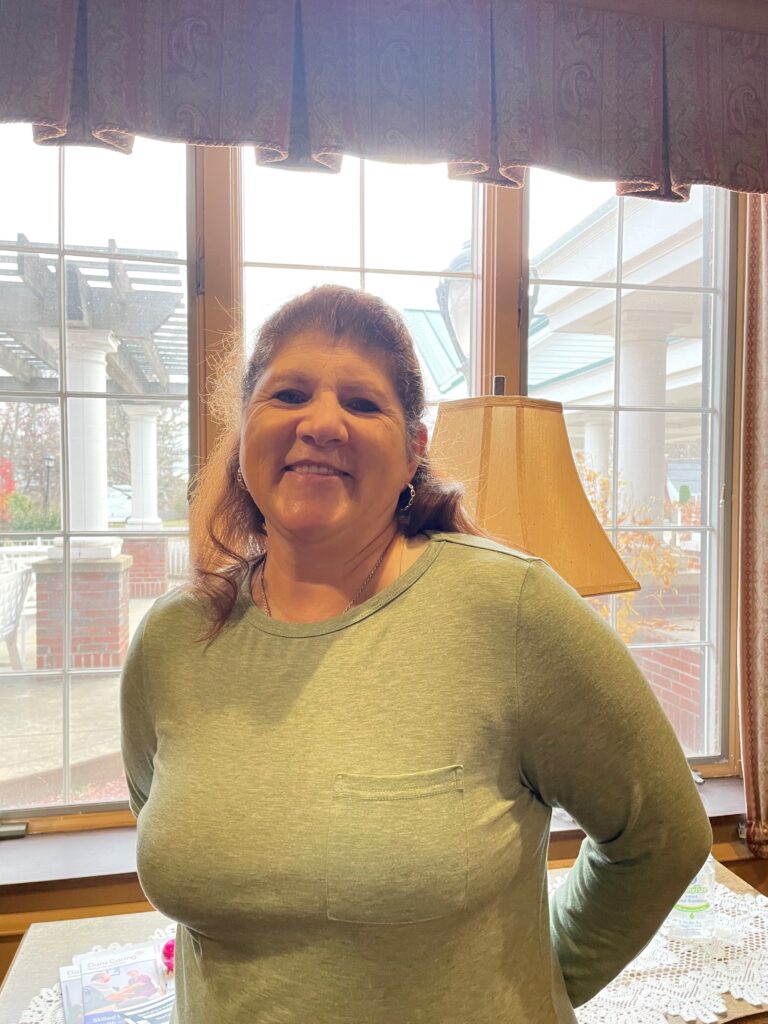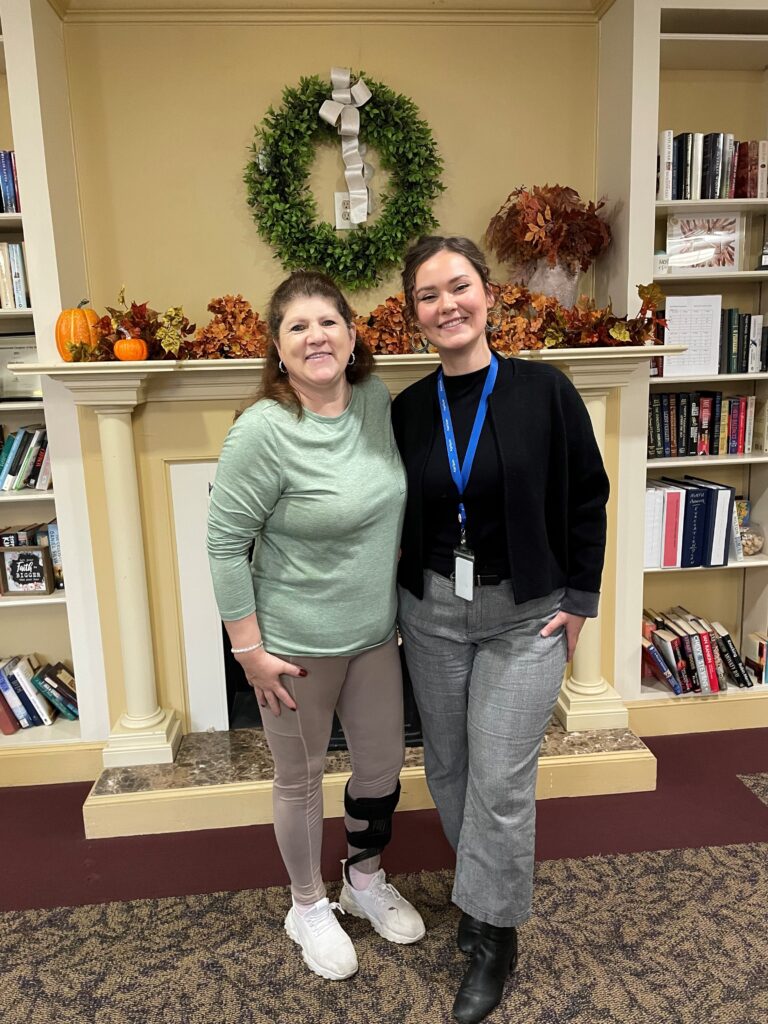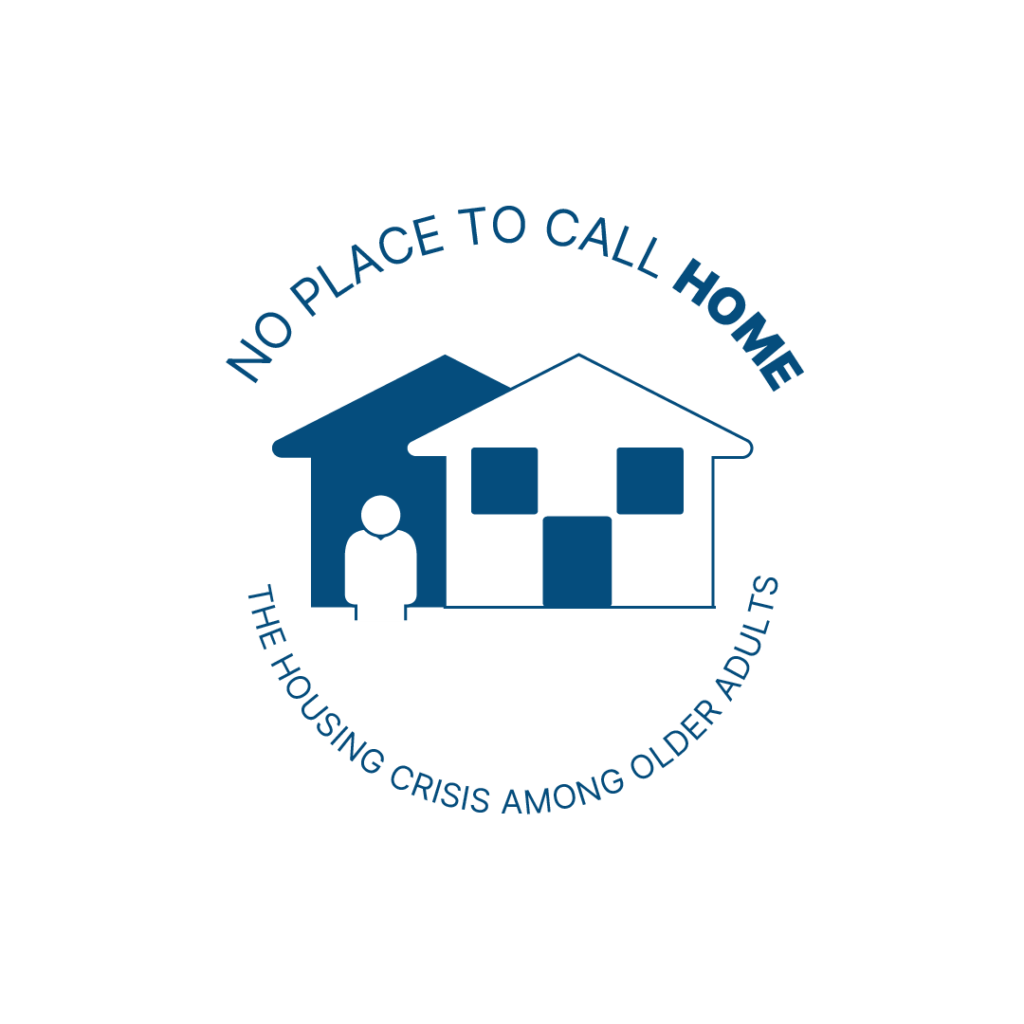

Transition Liaison Sabryn Eaton
After nearly a year of uncertainty, 61-year-old Dawn Marie Lopresti is finally getting a home of her own. She’s moving into an apartment through the Beverly Housing Authority after spending 11 months at Prescott House Nursing and Rehabilitation in North Andover. She knows she was lucky to stay there so long – not because she needed the care, but because she had nowhere else to go.
“I’m grateful because I’ve had a roof over my head. If I wasn’t here, I would have been out on the street,” Dawn Marie says. “But it’s been hard because I’m young and I really shouldn’t have been here so long. I’ve been at a standstill for almost a year now.”
Dawn Marie’s situation highlights a growing housing crisis in Massachusetts. She was forced to retire from her job as a medical secretary in 2009 when tumors were discovered in her back. She moved to Florida to be closer to her daughter before returning last year. She was living with her brother in Saugus when nerve damage from a past back surgery sent her to the hospital. Although she’s regained some mobility and can now walk with a brace, she couldn’t return to her brother’s house because it required climbing stairs to get to the bathroom or her bedroom. She searched for months for affordable single-story housing.
“I don’t make enough money on my Social Security, even with a part-time job to pay for the high rents that are out there. It’s ridiculous,” she says. “The best bet for me was to find low-income housing.”
Searching for a home she can afford
According to the United Health Foundation, more than 40 percent of older adult households in Massachusetts are cost burdened, meaning they spend 30 percent or more of household income on housing, utilities, taxes, and insurance. That’s well above the national average.
Availability is also a major challenge. Dawn Marie had started the process of looking for more permanent, affordable housing months before she landed in the hospital, while still living in her brother’s house. Working with AgeSpan Community Transition Liaison Sabryn Eaton, Dawn Marie filled out nearly 200 applications through programs like Housing Navigator and the Common Housing Application for Massachusetts Programs (CHAMP).
“There are nights when I can’t sleep because of my pain, so I would be up at 2:00 or 3:00 in the morning filling out applications,” she says. “I have a desk in the back of my room that’s loaded with applications that I have filled out. It’s insane.”
Across the state, older adults like Dawn Marie are struggling to find housing that’s both low-cost and accessible. A needs assessment conducted by the Commonwealth of Massachusetts Executive Office of Housing and Livable Communities in February 2025 found that there is a profound shortage of accessible homes for people of all ages with disabilities – especially low-income households. There are 650,000 households where at least one member has a disability, but only 10,200 accessible homes reserved for low-income households. This adds to the burden of dealing with a difficult diagnosis.
“The pain is ridiculous. I just want to try and relax and be comfortable, but I couldn’t really do that in the rehab,” she says. “Having to face this new reality with my health and the stress of not having a place to live, it’s been rough.”
Trying to navigate a maze of applications
AgeSpan partner Northeast Independent Living Program helped Dawn Marie apply for a Moving Forward Plan (MFP) waiver. This state program helps people move out of nursing facilities and into community housing. The program helped her buy all the things she will need in her new place.
“It took three months to get the waiver, but I’m grateful,” Dawn Marie says. “It helped me with my first and last month’s rent and security. Without them I don’t know what I would do.”
Thanks to her experience as a medical secretary, Dawn Marie understands how to navigate the forms and applications she must complete, and she knows how to use a computer. But for many seniors, the complexity, the required computer skills, and the need for internet access can pose additional hurdles. A study by National Telecommunications and Information Administration (NTIA) found that the number of older adults with internet access at home is on the rise nationwide, but even now, only about three-quarters of low-income older adults have internet access.
“You have to have a computer and Wi-Fi, or you have to go to the library,” Dawn Marie says. “If you’re not computer savvy, you’d better find someone who is because you’ll never be able to navigate the system. It’s not easy.”
Dawn Marie has made a few friends at Prescott House and has tried to decorate her room and make the best of things, but nothing compares to having her own space. Until the day when she got the call about her apartment, she had been in a sort of limbo – getting visits from her son while hoping for a more permanent home where she could host her grandchildren.
“My advice to anyone reading my story: take care of your health,” Dawn Marie says. “I have my good days and my bad days, and the people here have been good to me, but I am looking forward to the day when I can cook for my grandchildren in my own home.”

This story is part of our series – No Place to Call Home: The growing problem of housing insecurity among older adults in Massachusetts.
